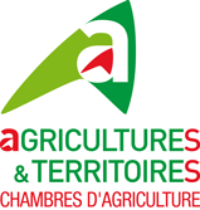Document type: scientific review published in Animals
Authors: Dan Xu, Gang Shu, Yanting Liu, Pingwu Qin, Yilei Zheng, Yaofu Tian, Xiaoling Zhao, Xiaohui Du
Preview: Currently, cage housing is regarded as a global mainstream production system for laying hens. However, limited living space and confinement of birds in cages cause welfare and health problems, such as feather pecking, osteoporosis, obesity, and premature aging. Many studies have been conducted to alleviate layer welfare problems by providing farm environmental enrichments such as litter, sand, alfalfa bales, chick papers, pecking stones, pecking strings, perches, slopes, elevated platforms, aviaries and outdoor access with a trend towards complex enrichments. The provision of appropriate enrichments continuously attracts layers towards pecking, foraging, dust bathing, and locomotion, thereby giving lifelong benefits to laying hens. Hence, raising chicks and pullets under such conditions may reduce feather and skin damage, as well as accumulation of abdominal fat, and improve several biological features such as health, productivity, quality products, and docility of laying hens. Therefore, providing enrichment during the first few days of the layer's life without any interruption is crucial. In addition, due to different farm conditions, environmental enrichment should be managed by well-trained farm staff. For example, in preventing feather pecking among the birds, litter materials for foraging are superior to dust bath materials or new items. However, a limited supply of litter creates competition and challenges among birds. Therefore, providing farm environmental enrichment for layers requires proper handling, especially in commercial layer farms. Hence, improving the welfare of chicks and pullets through optimizing on-farm environmental enrichments is essential for production systems practicing cage housing






